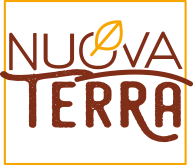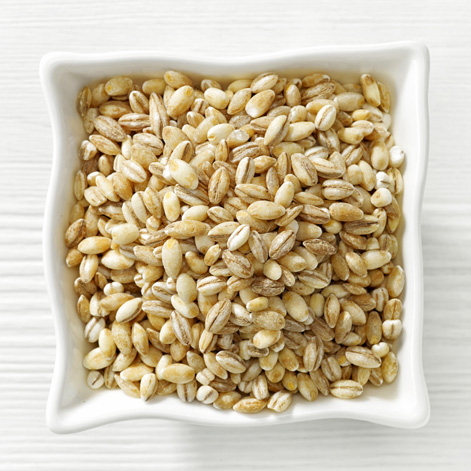Barley is a grain that is rich in precious nutrients, such as sugars, proteins, carbohydrates, fiber, fat, B vitamins, and minerals, such as phosphorus and calcium. Barley – Hordeum vulgare – is the most economically important species of the genus Hordeum, from which we get barley, a foodstuff that a large part of the world depends upon.
Origin
There are numerous sources for the true origins of barley. An early theory identifies the Near East as the zone of origin, or, more precisely, what are currently Israel, Syria, Jordan, and southern Anatolia.
According to other studies, however, it is native to Tibet, or China, where many wild species of this plant are found. In any case, while there is great uncertainty about the place, there is just as much certainty to affirm that barley was the first grain cultivated by man. The earliest evidence on its cultivation dates back to 10,500 B.C., to the Neolithic Age.
Today, Barley occupies fourth place in terms of the world's most consumed grains.
The use of pearled barley is more common than you might think in some Italian regional cuisines: we mention here the Aosta Valley's “Seupa de Gri" and “Orzetto alla Trentina.” The grain can be ground into flour, which, when added to wheat flour, creates a sweetish dough that is slightly gray.
It is rather difficult to make bread with barley flour, given the low gluten content that characterizes this grain.
WHY IT SHOULD BE EATEN
Rich in starch, protein, sugars, and minerals, barley is a highly nutritious grain. The high content of iron, calcium, and silicon make it particularly suitable in the diet of the elderly, children, pregnant women, and athletes -– for its natural power in bone recalcification.
The presence of phosphorus also makes it a recommended food for those who undertake intellectual activities or those who are experiencing periods of stress.
It has diuretic, emollient, and vasoconstricting properties; it is detoxifying, remineralizing, and acts as a sedative. It acts in a positive way on the digestive and intestinal tract and thanks to beta glucan, a particular fiber contained at its interior, it is able to reduce the absorption of sugars and fats.

Commercially, barley can be found in two variants: the pearled type, which has its external husk and bran removed; and the hulled type, where only some of the external parts of its casing have been removed, and, therefore, it retains more nutritional properties.
In the kitchen, it is used in grain form, added to hearty or light soups, or cooked like rice, becoming a tasty “barleyotto.” In its flour form, it may be used to make bread that, however, unlike that of rye or wheat flour, must be eaten straight from the oven. In flakes, combined with other grains, either puffed or not, it gives life to granola.
By fermenting sprouted barley, a very popular beverage is produced: beer.
Pearled barley is boiled for about 40 minutes in a great quantity of salted water; the hulled barley, instead, requires about 60 minutes of boiling.
Before cooking, it is necessary to thoroughly rinse it under running water.

A small light-colored round seed, with a small furrow at its center, barley has an amazing capacity to adapt itself, which allows its cultivation from Sweden to the borders of the Sahara.




 E-Shop
E-Shop

 Back
Back








